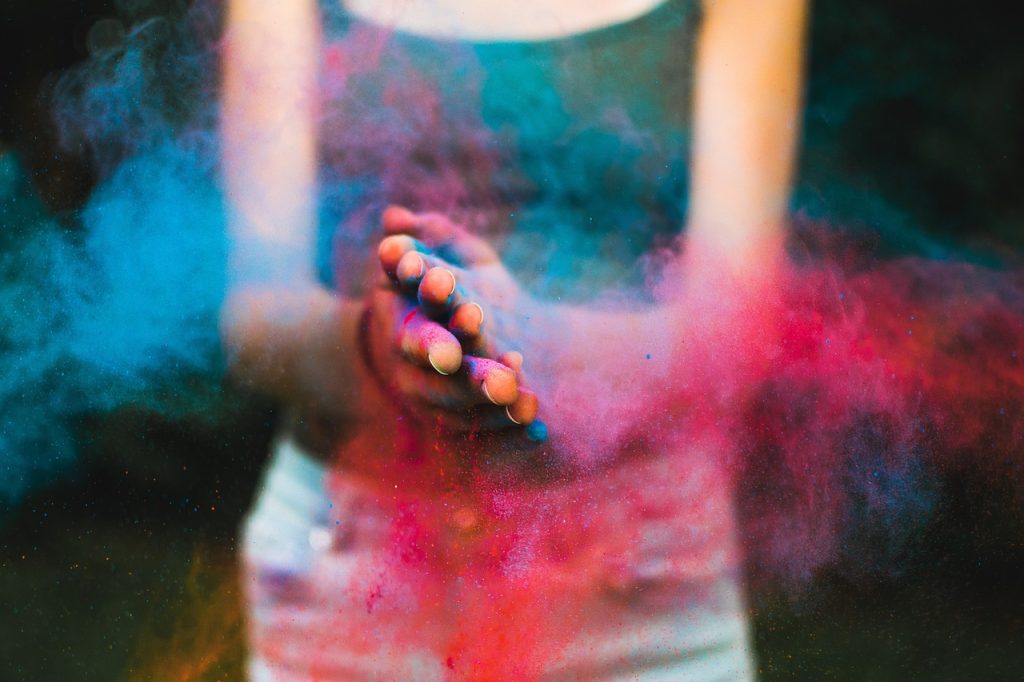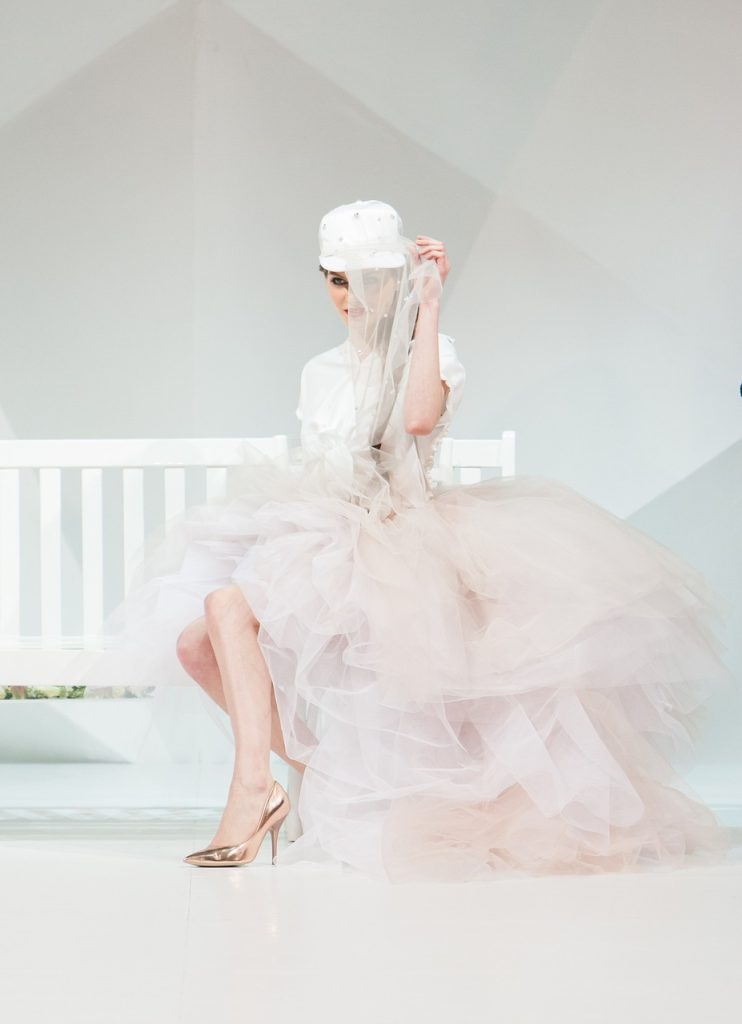Surrealist Chic: Dreamlike Fashion Escapades
 In the kaleidoscopic world of fashion, where creativity knows no bounds, a whimsical realm emerges—where reality intertwines with dreams, and garments become portals to fantastical dimensions. “Surrealist Chic: Dreamlike Fashion Escapades” invites us to embark on a journey into a realm where fashion transcends the ordinary, and garments become canvases for surreal storytelling. This article delves into the enchanting world of surrealist chic, where reality and imagination dance in a mesmerizing fashion escapade.
In the kaleidoscopic world of fashion, where creativity knows no bounds, a whimsical realm emerges—where reality intertwines with dreams, and garments become portals to fantastical dimensions. “Surrealist Chic: Dreamlike Fashion Escapades” invites us to embark on a journey into a realm where fashion transcends the ordinary, and garments become canvases for surreal storytelling. This article delves into the enchanting world of surrealist chic, where reality and imagination dance in a mesmerizing fashion escapade.
At the heart of surrealist chic lies the notion that fashion is not merely about clothing the body but about narrating tales that defy logic and gravity. Garments become conduits for storytelling, adorned with elements that invite the wearer and the observer to delve into a dreamscape where reality is but a whimsical suggestion.
Surrealist fashion embraces unexpected juxtapositions and playful contradictions. Unlikely pairings of textures, patterns, and colors coalesce into harmonious ensembles that challenge traditional notions of coordination. The unexpected becomes a source of delight as garments blur the lines between day and night, formal and casual, and reality and fantasy.
Silhouettes in surrealist chic fashion transcend the constraints of conventional shapes. Extravagant proportions, exaggerated curves, and unexpected twists in form elevate garments to wearable art pieces. The human body becomes a living sculpture adorned with garments that defy the conventional expectations of how fabric should drape and interact with form.
Symbolism plays a pivotal role in surrealist chic, with garments adorned with motifs that carry deeper meanings. Animals, celestial bodies, and enigmatic symbols become protagonists in the fashion narrative, inviting the wearer and the observer to decipher the hidden messages woven into the fabric. Each garment becomes a visual poem, rich with metaphor and mystery.
The use of unconventional materials adds an extra layer of surrealism to fashion escapades. Designers experiment with unexpected textures, incorporating elements like feathers, metallics, and translucent fabrics to create a multisensory experience. Garments become tactile poems that invite touch, transforming the act of dressing into a sensory exploration.
Accessories in surrealist chic fashion become more than embellishments; they are surreal artifacts that complete the narrative. Hats adorned with floating objects, shoes with unexpected heels, and handbags that defy gravity become extensions of the fashion escapade. Accessories cease to be mere accompaniments; they are integral characters in the fantastical story being told.
The runway transforms into a theater of dreams as models navigate the space with surreal grace. Fashion shows become immersive performances, transporting the audience into a dreamscape where reality is suspended. Choreographed movements and avant-garde presentations elevate the fashion escapade beyond mere clothing display, turning it into a surreal spectacle.
Surrealist chic embraces the idea that fashion is a form of self-expression and storytelling. Wearers become protagonists in their own fashion escapades, choosing garments that resonate with their dreams and desires. Personal style becomes a canvas for creative expression, and the act of getting dressed becomes a daily foray into the fantastical.
In conclusion, “Surrealist Chic: Dreamlike Fashion Escapades” invites us to reimagine fashion as a fantastical journey where reality and dreams intertwine. In this whimsical realm, garments become more than fabrics stitched together; they are portals to alternate realities, stories waiting to be told. Surrealist chic challenges us to embrace the unexpected, celebrate the fantastical, and make every fashion escapade a surreal adventure. Welcome to a world where clothing becomes a gateway to dreams, and each garment is a brushstroke in the surreal masterpiece of personal style.








